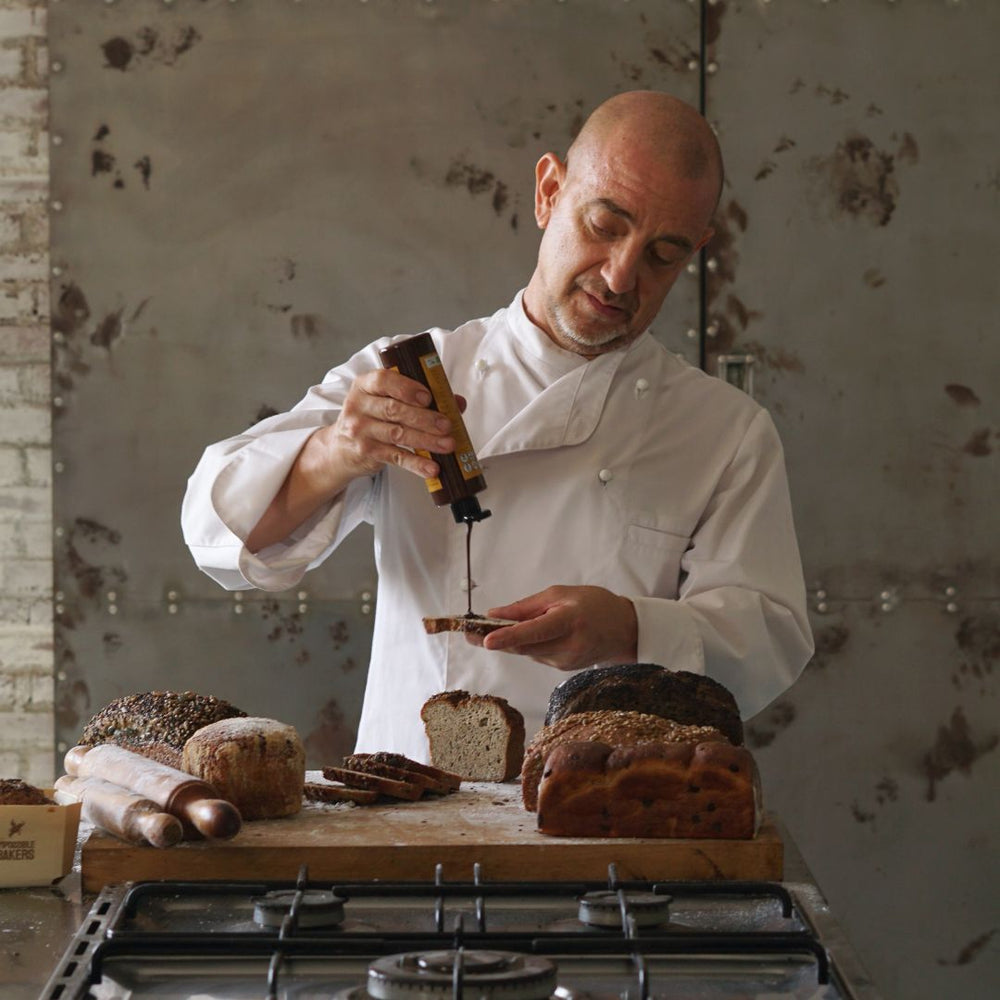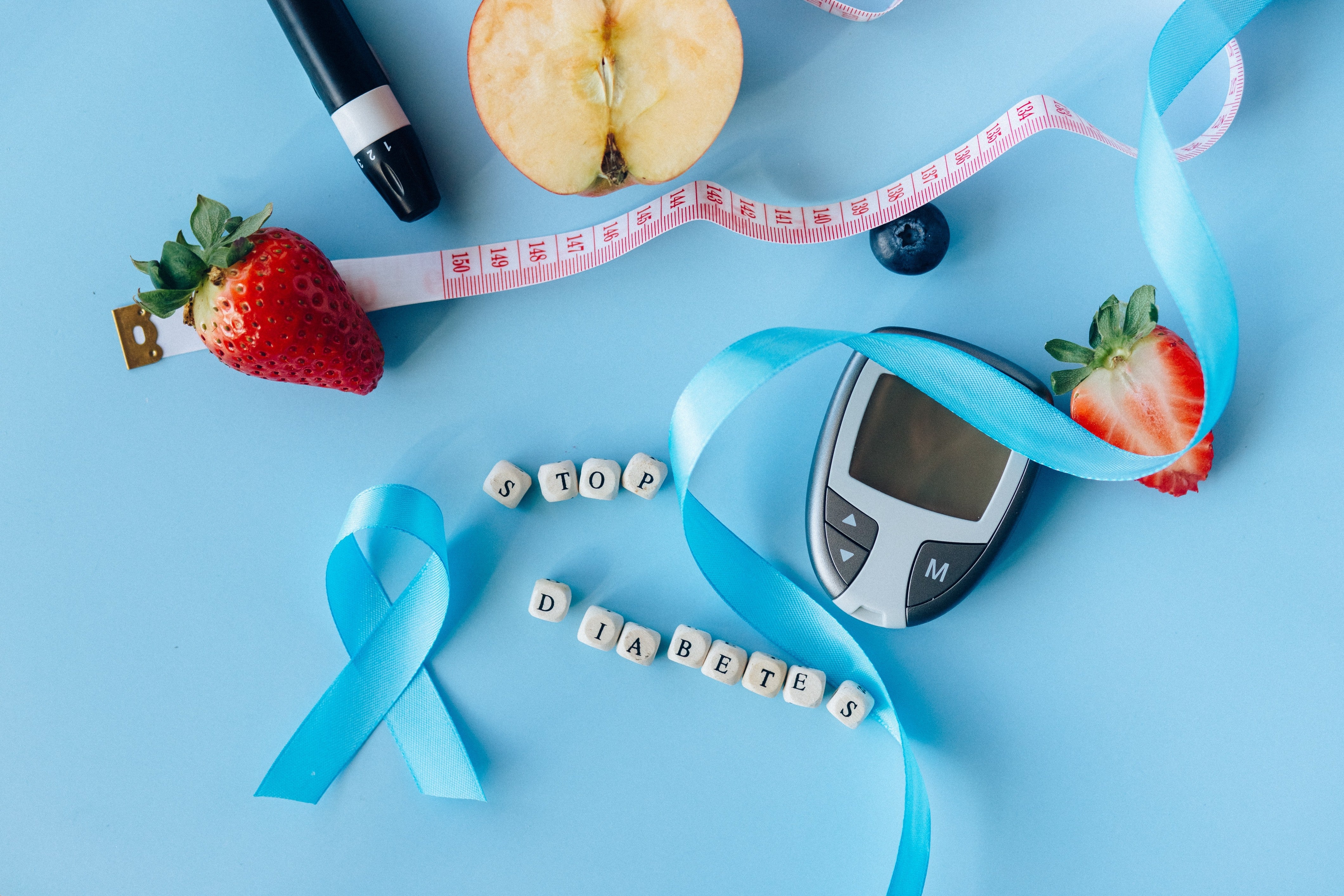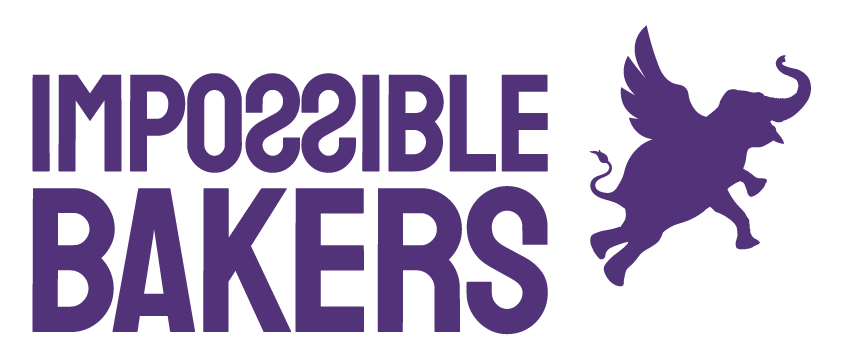PROCESSED AND ULTRA-PROCESSED IN BABY FOOD
We know that ultra-processed foods are bad for our health, but... What exactly are ultra-processed foods? What is the difference between processed and ultra-processed? How do we make sure we consume healthy products?
When it comes to taking care of our health or that of our loved ones, every decision related to food takes on an unquestionable magnitude: we all strive for a balance between health and pleasure and it seems that the gray scale between these two terms is infinite. The truth is that they are not opposite terms, and there are increasingly more consumer options that seek to meet both objectives at the same time. Today we are going to talk openly about how to ensure that the products we buy are suitable for a healthy and enjoyable diet.
Processed vs ultra-processed: What is the difference?
If what we want is to take care of our diet, the first thing we have to try to do is understand the terms “processed” and “ultraprocessed”, as well as knowing how to read the nutritional labels that, by law, all food products on sale carry. to the public.
Processed foods
A processed food, by definition, is one that has undergone any action that has modified its original form. “Crushing”, “freezing” and even “heating” are actions that can alter the properties of products with respect to their natural state. “And that makes them less healthy?” you may ask. The truth is that not always, but you have to be aware of how these processes affect food. For example, eating a whole orange with all the fiber is not the same as eating squeezed orange juice: on the one hand, with the juice we are losing the fiber provided by the whole piece of fruit; On the other hand, in a juice, without realizing it, we are taking a greater amount of fructose than our body synthesizes. However, although it is true that there are processed foods that may not be recommended at all, we must also keep in mind that processed foods are considered all those that add an ingredient to a product, even if these are calcium, fiber or vitamin D. Even though The objective is to provide more beneficial nutrients and in many cases these are extracted from natural foods, the result is an alteration of a food with respect to its original state.
Ultra-processed foods
As for the term ultra-processed, although there is no official definition and it is not accepted in the RAE, it is usually used to define products created from substances extracted from other foods or derivatives. Carlos Ríos, creator of Realfooding, defines this term as all those industrial preparations with many ingredients, among which are usually refined flours, sugars, refined vegetable oils, additives and salt. These products have undergone alterations that take them far from their original state and are usually related to obesity and other diseases. Examples of ultra-processed foods that are commonly consumed in our homes are Colacao, Nutella, and Bollycaos.
Impossible Bakers: processed to transition to a healthy life
Now that we are clear about what the terms processed and ultra-processed mean, you will understand why our products are very far from being ultra-processed foods. Impossible Bakers products are made with artisanal processes in the same way you would make them at home. In our production process, we select the best natural ingredients (butter and EVOO instead of palm oil or other hydrogenated vegetable oils) and we cook them to shape them into bread, cake or pizza. The combination of ingredients that we choose are those with a beneficial nutritional value for our body: we select those ingredients that contain few carbohydrates, few sugars and, on the other hand, more protein, fiber and healthy fats. Below, we will talk exactly about the grams of each of these values in our products and compare them with the ultra-processed version of other brands.
Comparative analysis of sugars, carbohydrates and proteins
With all this on the table, we are going to try to make a nutritional table of ultra-processed products and industrial pastries that are consumed in most homes with children and we are going to compare them with our healthy versions of baby food:
|
Per 100g |
Sugars |
Net Carbs |
Protein |
|
Bollycao |
29.3g |
53.5g |
8g |
|
Fanticao |
1.96g |
6.1g |
12.13g |
|
Colacao |
70g |
78g |
6.8g |
|
Molacao |
1.68g |
11g |
16.72g |
|
Nestle Granola |
25g |
71.6g |
8.1g |
|
Impossible Granola |
1.2g |
7.3g |
12.9g |
As you can see, if we look at the nutritional labels we will see how the same product, depending on the brand we choose, has some nutritional values or others.
In short, our advice is that you trust natural foods that have not gone through any type of process or preparation and, in the case of processed and ultra-processed foods, that you always look at the nutritional label. The important thing is that you know what you are putting in your mouth and what you are feeding your children and that you develop an opinion based on verified information to make decisions based on it.

OTROS ARTICULOS RELACIONADOS
Vivir sin gluten (y con sabor): un homenaje a todas las personas celíacas
Por un poco de azúcar no pasa nada... ¿Seguro que no pasa nada?
The best books for your health
Intermittent fasting: what it is, what it is based on and what are its benefits
Carbohydrates, two sides of the same molecule
Essential amino acids: what they are, what they are and why we need them
OUR MOST FIT BREADS
Back to routine
Summer essentials
The sweet poison
All about the Impossible Diet
Our favorite books
How to get back into Ketosis?
Sugar-Free & Low-carb: real health
Woman and low-carb diet
How do I know if I am in ketosis?
Erythritol vs Sugar
Keto and fasting
Foods allowed and not allowed on the Keto diet
Benefits of the Keto Diet vs. other diets
What is the Keto or Low Carb diet?
Read more

Back to routine
Healthy habits after summer September is around the corner. Getting back into a routine can be an arduous task both physically and emotionally, although this is not always the case. Calm down! W...
Read more
Sugar and the diabetes pandemic
With a global population involved that could conquer the entire European Union (England included), diabetes is the most relevant endocrine pathology in the world. And a true “pandemic” that continu...
Read more



